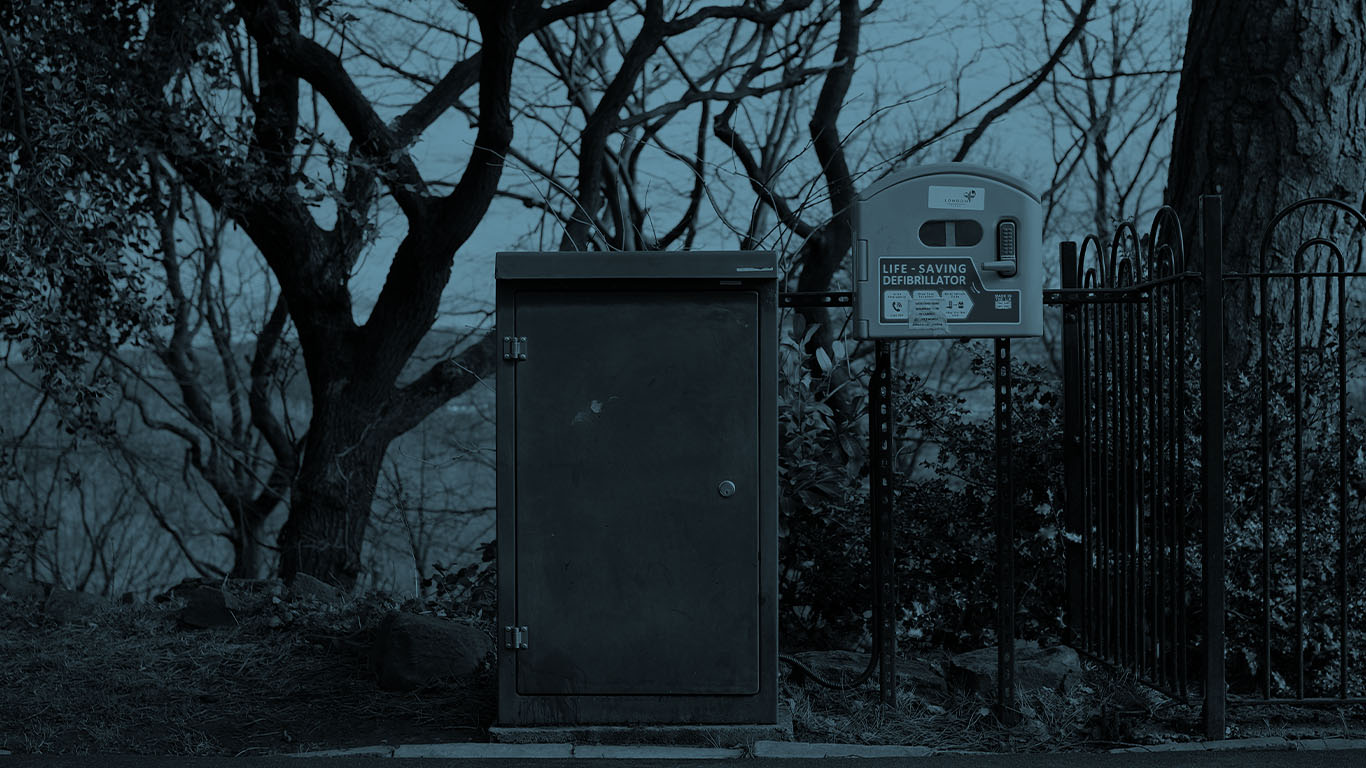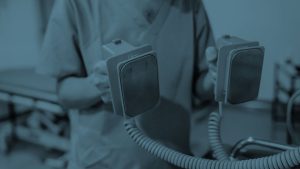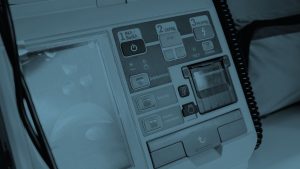
Abstract
Background: Bystander cardiopulmonary resuscitation (CPR) and defibrillation of a shockable rhythm improve survival following out-of-hospital cardiac arrest (OHCA). Little data exists on bystander participation during genuine cardiac arrest calls.
Method: This was a prospective audit of bystander participation during OHCA calls to a single ambulance service in the United Kingdom. A convenience sample of consecutive OHCA calls from March 2022 until April 2023, where an adult cardiac arrest was confirmed and CPR was advised, was audited by a call handler. Cases with a valid do not attempt CPR decision were excluded. Data on key time intervals and bystander participation were extracted and analysed in R (v4.2).
Results: In total, 451 cases were analysed. Median time until cardiac arrest recognition was 42 s (IQR 94.7 s) and until the initiation of CPR was 161 s (IQR 124 s). A lone bystander was present in 162 (35.9%) cases, two bystanders in 149 (33.0%) cases, and three or more bystanders in 140 (31.0%) cases. CPR was attempted by a bystander in 382 (84.7%) cases. Physical inability, refusal, and inability to correctly position patient were common reasons for not performing CPR. A defibrillator was retrieved before the arrival of emergency medical services in 36 (8%) cases and a shock was administered in 9 (2%) cases, while a shock was not advised in 20 (4%) further cases.
Conclusion: Cardiac arrest was identified rapidly but there was a delay to initiation of CPR. A lone bystander was present in over one third of cases, eliminating the possibility of bystander defibrillation in the absence of a lay first responder.
Full article;
Bystander availability, CPR uptake, and AED use during out-of-hospital cardiac arrest – PubMed






